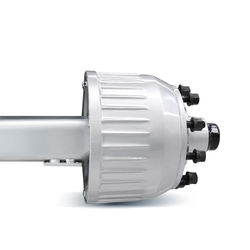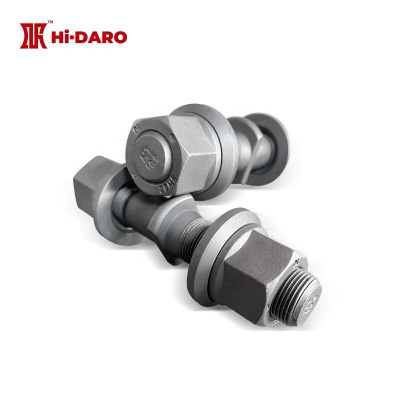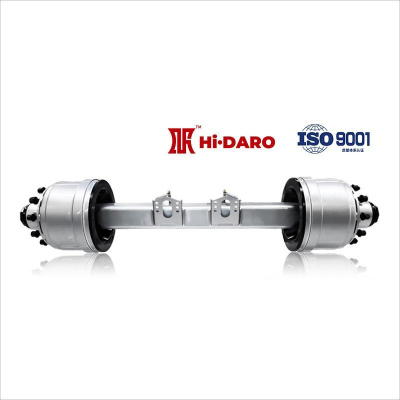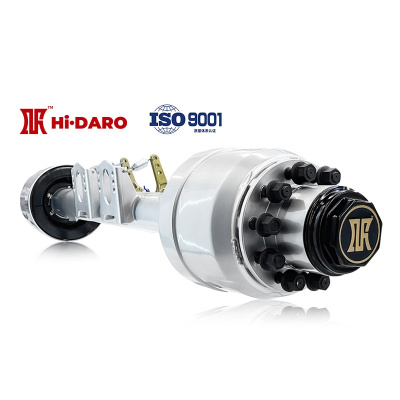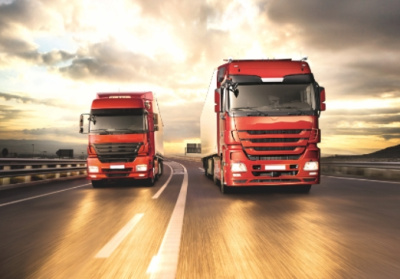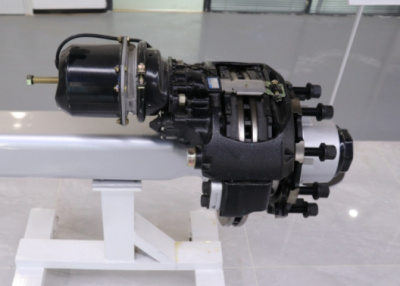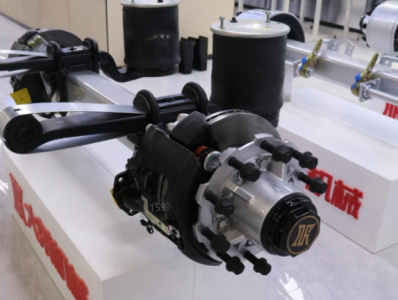How can master/passive safety devices on trailers be most effective?
With the continuous improvement of logistics transportation efficiency, the speed of trailer transportation is also improving, especially for medium and long distance transportation, the speed above 70 is common. But when the vehicle is fully loaded, dozens of tons of behemoths at high speed, once the accident, the results are often shocking, bumper, seat belt, airbag seems to be powerless. In order to better protect the safety of trailer owners and traffic participants, more and more safety devices are born.

These safety devices are also active and passive differences.
In simple terms, active safety devices refer to safety devices that can prevent accidents. The main goal is to prevent accidents before they happen, focusing on monitoring and prediction, and avoiding accidents through a series of vehicle control means. Passive safety devices focus on reducing accident injuries. After an accident, a series of measures are taken to reduce occupant injuries when the vehicle is out of control.
Common passive safety devices on trailers:
1. Safety body. It can be divided into "soft protection" and "hard protection" two major factions. "Soft protection" is to absorb most of the external impact through the permanent deformation of the pre-set fold; "Hard protection" mainly adopts high-strength materials and solid body structure design to reduce the deformation of the vehicle body in case of an accident.
2. Safety glass. Generally divided into tempered glass and laminated glass. When the tempered glass is broken, it is divided into many small pieces without sharp edges, which is not easy to hurt. Laminated glass has three layers. The middle layer has strong toughness and bonding effect. When damaged by impact, the inner layer and outer layer are still adhered to the middle layer, which can reduce the risk of glass breakage.
3. Seat belts. This is the most common, needless to say, seat belt, this is the most basic car rules.
4. Seat head-and-neck protection: The WHIPS head-and-neck protection system, which is not used much on trailers, works by rapidly inflating the seat and neck position and shifting the back and headrest back to mitigate the impact of a crash.
5. Airbags. This is the last passive safety line, set in the front and side of the cab, can reduce the driver and passenger due to inertia caused by secondary collision injury.
6. Puncture emergency device. This technology is currently used in the trailer is less, its principle is to install a simple "track" in the hub groove, fill the tire tire hole hole difference, avoid the tire tire or loss of pressure after the tire involved in the bottom of the groove or off the rim, but also can use the loss of pressure tire rubber thickness support form rubber pad, to ensure that the vehicle continues to be controllable.

Common active safety devices on trailers:
1. Body electronic stability system. Such as ESP, ESC, DSC, TCS, VSA, and so on, in fact, is the body electronic stability system, but the existence of manufacturers, technology, function of the difference. Its main function is simply to say that when the vehicle runs to the road section with poor road conditions, the phenomenon of instability occurs, the electronic stability system will control the movement of the driving wheel and the driven wheel to achieve a stable running track and ensure the balance of the body.
2. Anti-collision warning system. Mainly through the probe or radar analysis of the lane and the surrounding vehicle conditions, when the distance is too close to give active early warning.
3. Lane departure warning system. It can automatically plan the information of the direction of travel according to the camera, and trigger the lane departure warning when the vehicle is traveling abnormally or changes lanes without using the turn signal.
4. DMS driver monitoring system. The main function is to monitor the driver's facial information, when the driver appears distracted, playing mobile phone, fatigue or dozing off, immediately alarm, to remind the owner of attention.
5, ABS anti-lock braking system. When emergency braking occurs in the process of vehicle driving, it is easy to produce the situation of wheel locking. After installing ABS, it can prevent wheel locking, simulate the state of "braking", and improve the maneuvering and stability of the vehicle during emergency braking as well as the braking performance of the vehicle under poor road conditions.
6, EBS electronic control braking system. It is upgraded from the ABS system, which can fully improve the reaction speed of the braking system by replacing the traditional mechanical transmission with electronic control braking system. According to the regulations of GB7258-2017, dangerous goods transport vehicles with a total mass ≥12000kg must be equipped with electronic braking system from January 1, 2021.
7, ASR drive anti-slip system. When the driving wheel of the vehicle starts to slip, it can be relied on to stabilize the body, maintain the direction stability of the car when driving, and try to use the longitudinal adhesion ability between the wheel and the road surface to provide the maximum driving force.
8. AEB automatic emergency braking device. It can be regarded as the "extension" of the anti-collision early warning system, using the radar to measure the distance with the front car or obstacles, analyze the data, and compare with the alarm distance, emergency braking distance, if ≤ alarm distance for anti-collision early warning, if < safety distance and the owner does not do any operation, automatic braking will be started.
9. Tire pressure monitoring system. Also known as TPMS, through the tire installed in the electronic pressure sensor, tire pressure data, wireless receiving display real-time monitoring tire pressure. When the air pressure is too low, too high and rapid air leakage and other abnormal situations, the alarm is issued in time, and the tire pressure monitoring keeps the standard pressure at all times, helping to reduce vehicle fuel consumption and prolong the service life of the tire.
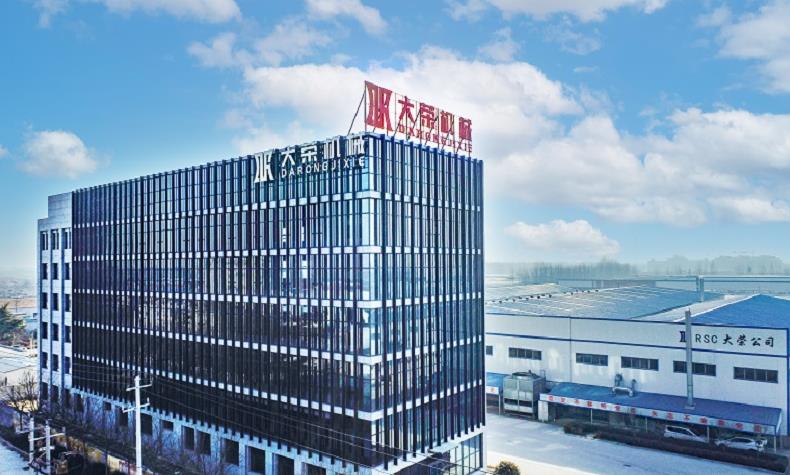
In addition, there are many other safety devices, such as convoy keeping system, lane change assistance system, seat vibration system, active cruise, and so on, not to mention here. Although there are many kinds of safety devices, but the most basic and most important "safety device" is a good and prudent driving habits, otherwise no matter how intelligent and high-end safety devices can absolutely guarantee personal safety.
It is worth noting that many safety devices related to trailer braking system, such as ABS and EBS system, although they can greatly improve the response efficiency of vehicle braking, but if they want to give full play to the maximum effect, they also need to match the brake device with rapid response and stable performance. From this level, the disc brake is better than the drum brake. For example, the disc trailer axle produced by DARO Group reduces the number of components in the braking reaction process, and directly uses the split pump to push the caliper, which has faster response speed, more timely braking, and more stable braking force output. With faster reaction efficiency, ABS and EBS system can make the vehicle stop smoothly in the shortest distance. So the use of disc trailer axle and air suspension is also a safety guarantee, but heavy transport trailers also need to be equipped with hydraulic retarder.
